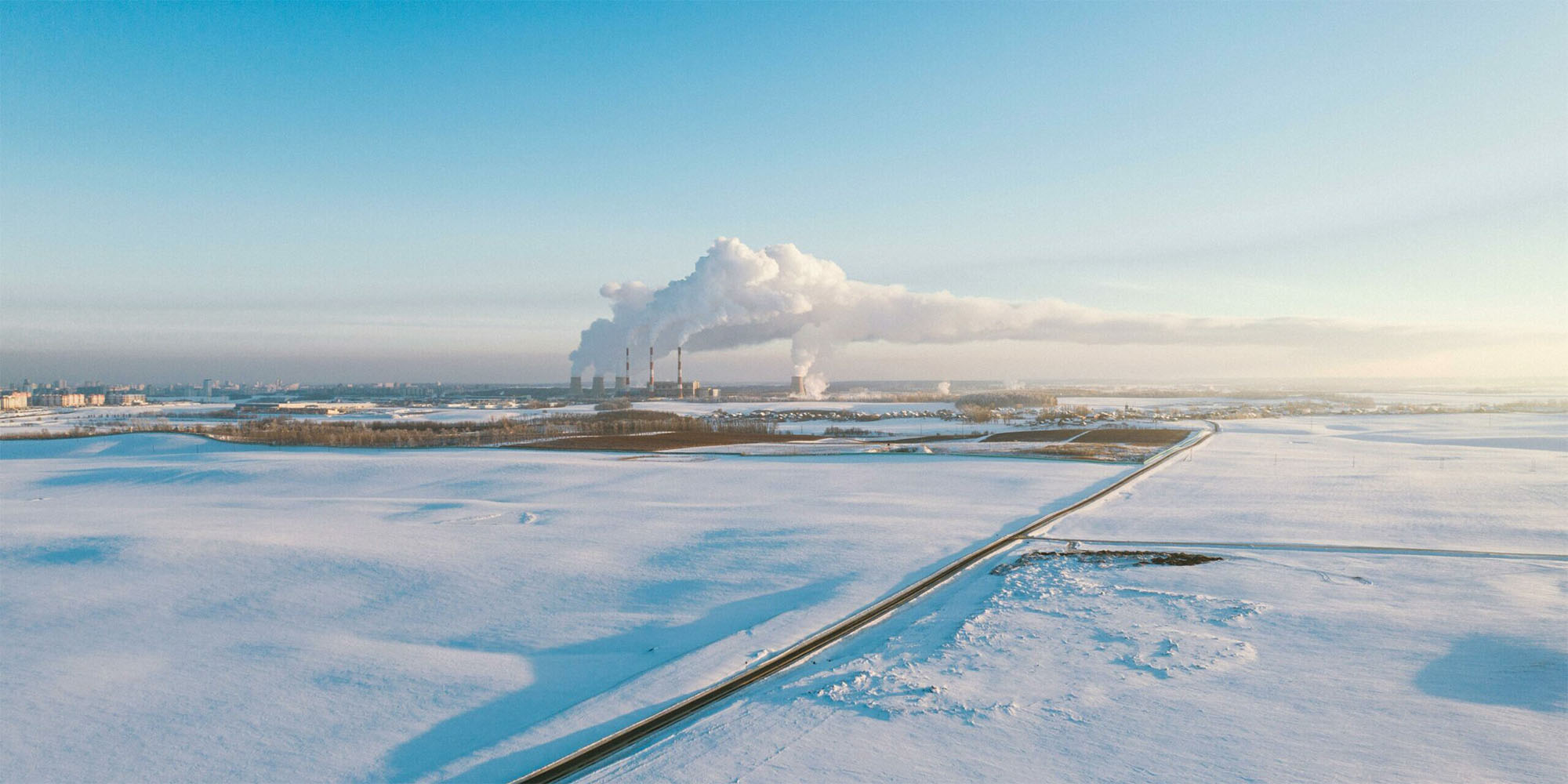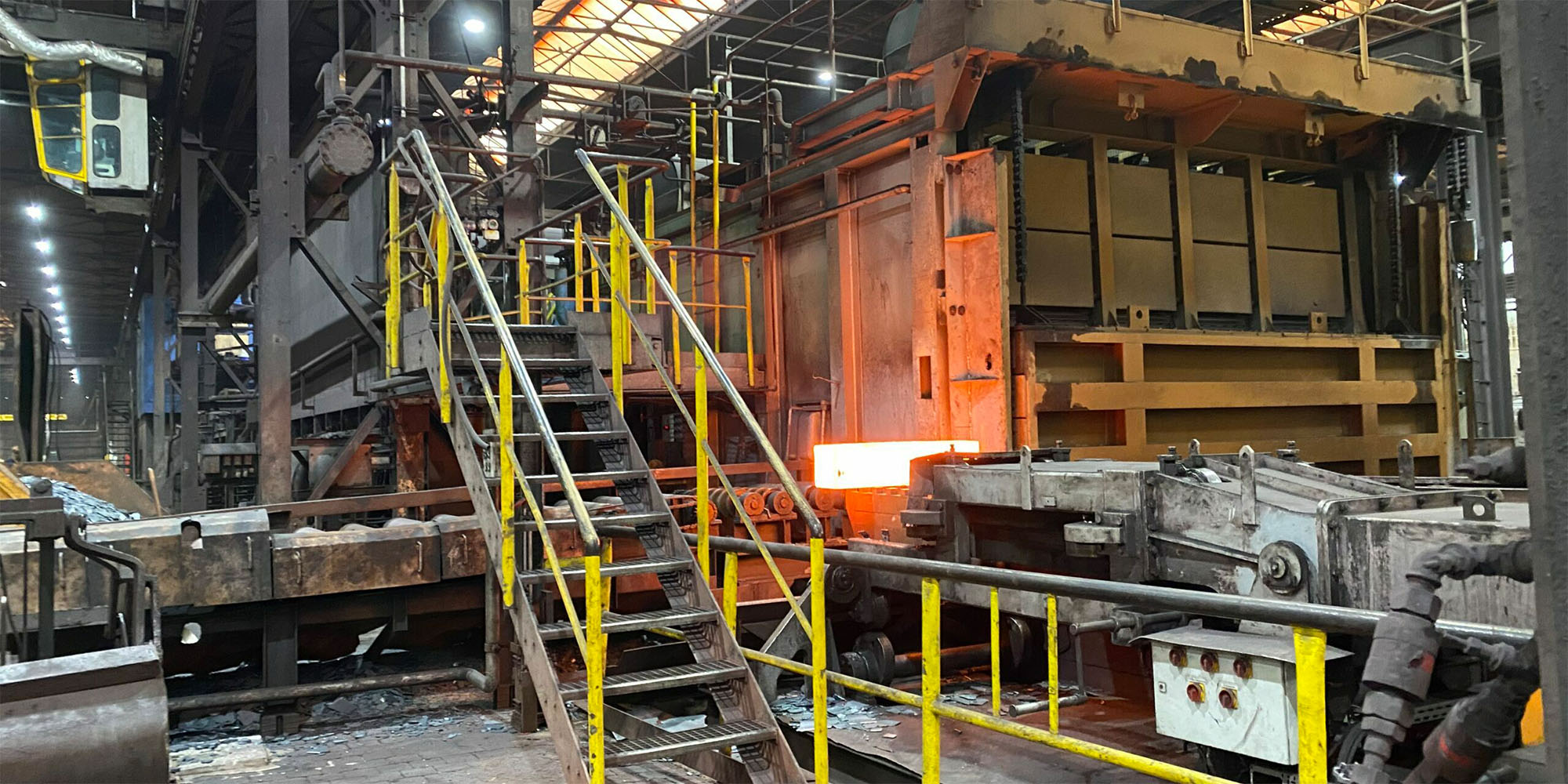Expert inspections according to § 14 42nd BImSchV
The first expert inspection for evaporative cooling systems, cooling towers and wet separators that went into operation before 19/08/2019 had to be carried out by 19/08/2019. The first publicly appointed and sworn experts for the newly created area of expertise for inspecting these systems were sworn in from October 2018. There are now almost 50 people plus employees authorized to carry out inspections at approved type A inspection bodies.
Due to the high number of systems to be inspected (the majority of the systems are existing systems with a commissioning date before 19/08/2011), not all initial inspections have yet been completed. The obligation to carry out independent plant inspections in accordance with Section 14 of the 42nd BImSchV has also not yet reached every operator.
How does an expert inspection work?
As a rule, in addition to checking the required documentation (e.g. operating logbook, laboratory test logs, maintenance and inspection logs, system diagram/documentation), an assessment of the system is carried out during the on-site visit.
Note: The necessity of the plant assessment is undisputed by the majority of experts. However, there are some inspectors who do not consider it necessary to inspect the system, including the hygiene-relevant system components.
The condition of the system is carried out taking into account the requirements described directly under § 3 Paragraph 2. Further requirements for proper operation are derived from the generally recognized rules of technology. For evaporative cooling systems and cooling towers from VDI 2047 Sheet 2 (evaporative cooling systems) and Sheet 3 (cooling towers), as well as for wet separators with additional consideration of VDI 3679 Sheet 1-4.
Some inspectors go beyond the above-mentioned inspection contents. However, plant inspections in accordance with Section 14 of the 42nd BImSchV should be limited to compliance with the operator obligations defined here and should not be mixed with other subject areas unless the operator expressly commissions the inspector with further inspection criteria.
FAQ in the context of the initial inspections carried out
How are the systems correctly classified on the KaVKA-42. BImSchV online portal?
Evaporative cooling systems are often classified as “cooling towers” due to the misleading name that is still commonly used in practice. However, cooling towers are only those systems that can be classified as cooling towers due to their height and operating characteristics (densiometric Froude number, thermal output >200 MW). There are also evaporative cooling systems with a thermal capacity >200 MW (e.g. also so-called “circular cooling towers”), which are to be classified as evaporative cooling systems due to their operating characteristics.
Are you unsure about the classification of your system?
Is the hygienic risk and hazard assessment mandatory for existing systems?
According to the 42nd BImSchV, this must be carried out before the initial commissioning or recommissioning of an existing system after a hygienically relevant change. There is no clear definition for existing systems in the 42nd BImSchV. The generally recognized rules of technology are more specific here and also deal with the topic of “activity-related risk assessment”.
As the operator of an existing system, do you need a hygienic risk and hazard assessment and what is a hygienically relevant change and what is not?
Are hybrid cooling systems and/or systems with adiabatic pre-cooling always subject to the 42nd BImSchV?
According to the 42nd BImSchV, clearly yes. In practice, however, there may often be exceptions for these systems, so that operators can submit an application for approval of exceptions in accordance with Section 15 of the 42nd BImSchV with suitable justification.
What criteria are relevant for the competent authority to approve exemptions?
Does a cooling tower, an evaporative cooling system or a wet separator have to be equipped with mist eliminators?
A case-by-case assessment is always necessary here, taking into account the possible formation and spread of aerosols.
Are you unsure whether you can continue to operate your evaporative cooling system, cooling tower or wet separator without a mist eliminator?
The test report has been uploaded, now what?
For some operators, the responsible authority responds quickly after the upload to KaVKA-42.BV, for other operators, the responsible authority has not yet responded.
What response can the operator give the authority after a request for a statement? How do I proceed as an operator if I do not agree with the expert’s statements? Who issues binding instructions and sets deadlines – the inspector, the competent authority, or both?
Please contact us with any questions you may have:



